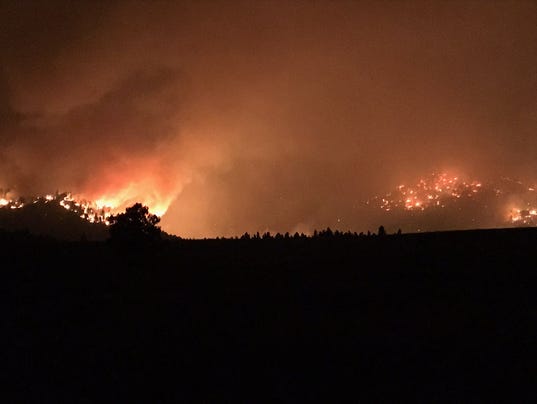 The Softwood Lumber Board (SLB) was established in 2012 to promote the benefits and uses of softwood lumber products and their investments to date have resulted in 2.6 billion board feet of new demand, enough to build about 160,000 new homes.
The Softwood Lumber Board (SLB) was established in 2012 to promote the benefits and uses of softwood lumber products and their investments to date have resulted in 2.6 billion board feet of new demand, enough to build about 160,000 new homes.
In other Wood Product news: Stewart Muir in the Vancouver Sun says ‘old’ sectors like forestry are driving technological innovations, The Globe and Mail says timber-frame construction may gain momentum with new federal funding; the Architecture Newspaper says the US Congress is gearing up for a fight over mass timber legislation; and down-under expert Andrew Dunn says the use of timber in multi-storey buildings is not new, “we’re just re-finding old ways of building with modern products“.
In Business news: the US/Canada trade war on newsprint is heating up; Jerry Dias (Unifor) says only cynics would see Resolute’s lumber gift to hurricane victims as a threat; and former Sino-Forest CEO says he is sorry the shareholders lost billions of dollars but that it wasn’t because of his actions.
Finally, new analysis estimates that stopping deforestation and improving forestry practices could cut carbon emissions as much as getting rid of every car on earth.
— Kelly McCloskey, Tree Frog Editor
 With the holidays coming up, and we’re all feeling the pressure of getting great gifts for the people we love. As nature-lovers, we also want to avoid products that harm the environment, and aim to support the businesses that strive for sustainability. That’s exactly why we created this forest-friendly, eco-friendly gift guide! That means that they plant trees with us! However you shop, remember that you can always
With the holidays coming up, and we’re all feeling the pressure of getting great gifts for the people we love. As nature-lovers, we also want to avoid products that harm the environment, and aim to support the businesses that strive for sustainability. That’s exactly why we created this forest-friendly, eco-friendly gift guide! That means that they plant trees with us! However you shop, remember that you can always 
/arc-anglerfish-tgam-prod-tgam.s3.amazonaws.com/public/HAKKFUFWAVEKDPEN3FYUZFAEJA.JPG)



/arc-anglerfish-tgam-prod-tgam.s3.amazonaws.com/public/C43OX6GRTVCVXCGMRLTATA636M)



 Georgetown, S.C. —
Georgetown, S.C. — 
























